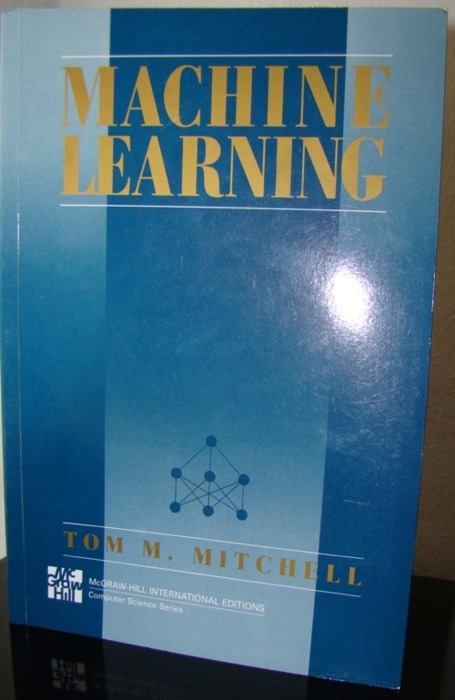I love reading great books about statistics and Christoper Chatfield is probably one of the greatest educators in statistics. Statistics for technology is a great introduction in statistics which isn’t too theoretical. I won’t provide a summary because these topics are rather rudimentary. However, I found some interesting things in this book, e.g.
A scientific experiment has some or all of the following characteristics.
- The physical laws governing the experiment are not entirely understood
- The experiment may not have been done before, at least successfully
- There are strong incentives to run the smallest number of the cheapest tests as quickly as possible
- The experimenter may not be objective, as for example when an investor tests his own invention or when a company tests competitive products
- Experimental results are unexpected or disappointing
- Although experimental uncertainty may be present, many industrial situations require decisions to be made without additional testing or theoretical study
It is often equally important to know how spread out the data is. For example suppose that a study of people affected by a certain disease revealed that most people affected were under two years old or over seventy years old; then it would be very misleading to summarize the data by saying ‘average age of persons affected is thirty-five years’.
There are some great examples in this book which make statistics for students more interesting in my opinion. The examples are rather technical which is obvious reading the title.
All in all, I can recommend this book if you are want to learn a bit about (technical) statistics. Great book!!




